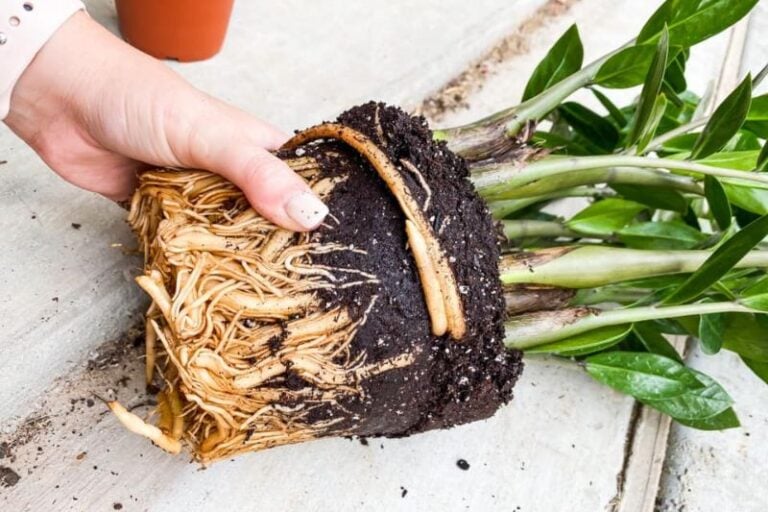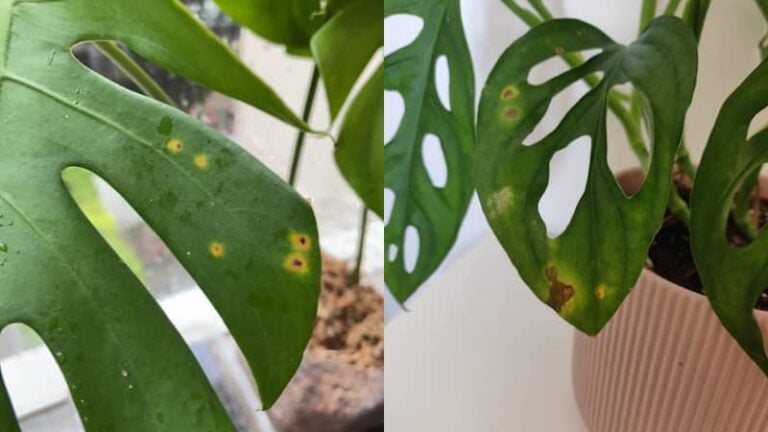Petunias are charming annuals from the nightshade family, boasting trumpet-shaped blooms that brighten up any garden. Not only are they lovely to look at, but they also attract bees, promoting pollination.
This makes them an excellent companion plant for fruits like strawberries and tomatoes. In this article, I’ll introduce you to the four types of pests that you should watch out for when growing petunias, and how to tackle them head-on.
Petunias, though inedible for humans, are quite appealing to certain pests. So, if you want your petunias to keep flourishing, you’ll need to be vigilant about pest control.
Here, I’ll dive into four pests that commonly target petunias and give you some tips on prevention and treatment.
Contents
Pests to Watch Out For in Petunia Cultivation
1- Aphids

Ah, aphids—the little buggers come in various types and can really mess with your petunias. Depending on the species, they can be different colors like green, reddish-brown, or even black.
Prevention & Solutions
One of the easiest ways to deal with them? Use low-adhesive tape to catch and remove them directly. Yep, it’s as simple as that!
Another strategy involves tackling ants that have a symbiotic relationship with aphids. Get rid of the ants, and you’ll limit the aphid population. You can also enlist the help of natural predators like ladybugs to keep aphid numbers down.
2- Leafminers

These pests belong to a family that includes other notorious bugs, like the bean leafminer and tomato leafminer. In petunias, you’ll mostly encounter leafminers that are about 2mm long (approximately 0.08 inches) both as larvae and adults.
The larvae burrow into the leaves and eat away at the internal tissue. From the outside, this leaves behind a white trail.
If the damage is severe, leaves can turn white, impairing photosynthesis and ultimately leading to the plant’s death.
Leafminers lay their eggs on the leaves, so always inspect your seedlings for any signs of eggs or larvae. Keep in mind that leafminers also affect other vegetables like tomatoes, eggplants, and cucumbers.
Prevention & Solutions
Put up frost cloth or insect nets to keep adult bugs from flying in and laying eggs. Also, utilizing natural predators like parasitic wasps can be really effective.
3- Slugs

Slugs are a common critter you’ll encounter, but they can wreak havoc when you’re growing veggies. They munch through the leaves of not just petunias, but also scallions, eggplants, and ginger, to name a few.
The damage is especially severe in seedlings, and if the feeding gets out of hand, it can seriously stunt growth or even cause the plant to die.
These guys love humid environments, so be extra vigilant during the rainy season. They prefer fallen leaves and dead stems over living ones, so keeping your garden clean is key.
Prevention & Solutions
If you notice shiny trails on leaves, you might have slugs. Look on the undersides of leaves and near the ground to find them and then remove them.
You can also set up slug traps in your garden to directly catch them. By checking how many slugs you’ve trapped, you can gauge the extent of the problem.
4- Fall armyworm
The Fall armyworm is known to feed on petunias. The larvae are the ones doing the damage.
Initially, you’ll notice the surface of the leaves turning white in spots. If left untreated, holes will appear, and eventually, the leaves will be in tatters.
The adult fall armyworm are resistant to pesticides, so targeting the larvae is the way to minimize damage.
They’re not just a threat to petunias; they also infest scallions, eggplants, and cabbages, so keep an eye out if you’re growing other crops as well.
Prevention & Solutions
Before planting, till the soil thoroughly and remove any larvae or pupae you find. To prevent adult fall armyworms from coming in, it’s a good idea to cover your petunias with insect nets.
These pests lay eggs on the undersides of leaves. If you find any, snip off the whole leaf before they hatch to remove them.
Keeping Your Petunias Healthy
Pest infestations can not only stunt plant growth but also lead to diseases. For more on diseases that commonly affect petunias, please refer to the following article.
Make sure to take necessary measures to prevent pests and diseases so you can grow healthy petunias.
Check out my other article to keep your petunias free from diseases ensuring they grow strong and healthy.
If you have any more questions or need further clarification, feel free to let me know in the comment box below. I’m here to help!






